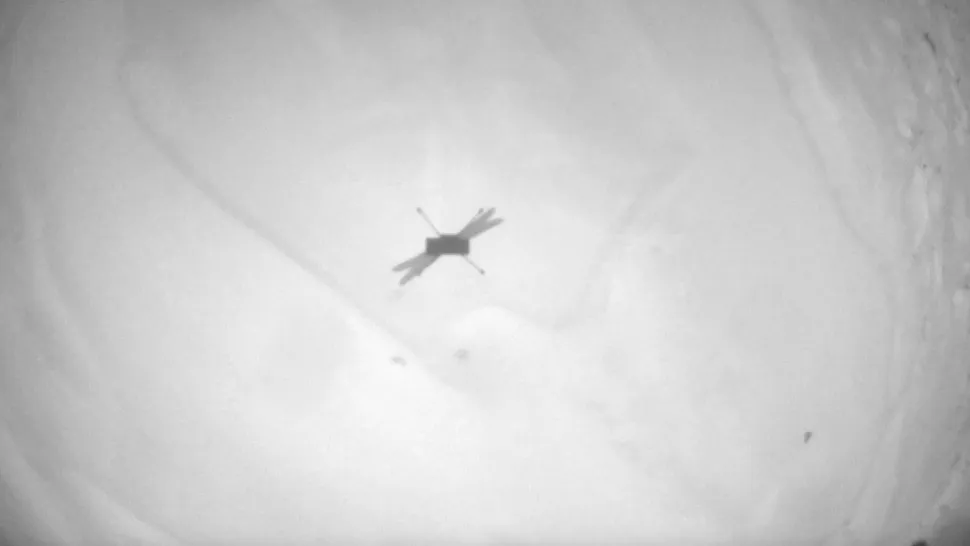The last known thylacine (Thylacinus cynocephalus) died in Tasmania’s Beaumaris Zoo in 1936, but research indicates that these animals have been seen several times in the wild since then. Today, the species is considered extinct because it has not been recorded for many years.
chance of revival
The thylacine, also known as the Tasmanian tiger or marsupial wolf, is a carnivorous marsupial mammal native to Tasmania and, in the more ancient past, Australia. It was overhunted in the late 19th and early 20th centuries after the Tasmanian government accused the animal of killing livestock. Habitat loss and diseases introduced from other regions also caused extinction.
Recently, Tasmanian tigers, along with mammoths and some other species, have become the target of extinction. The most recent success in this direction is the recovery of thalassin RNA; This is the first time something like this has been done for any extinct species.
Researchers extracted, sequenced and analyzed RNA (ribonucleic acid) from a nearly 130-year-old sample at the Stockholm Museum of Natural History. The team’s study describing the finding and its utility was published in the journal Genome Research.
Our study is unique in this sense as we were able to sequence RNA from the Tasmanian tiger, an extinct species, for the first time. This is the first time we’ve been able to look at the actual biology and metabolism of a Tasmanian tiger’s cells just before it dies.
– says the study’s lead author, paleogeneticist Emilio Marmol-Sánchez from Stockholm University and the Stockholm Palaeogenetics Centre.
Like DNA, RNA is a molecular structure composed of nucleotides. RNA is single-stranded, is used in protein synthesis, and carries genetic material in some viruses. In this study, scientists identified RNA from a dried sample of thalassin skin and skeletal muscle.
Return of the species
Another company called Colossal Biosciences, which deals with the problem of animal extinction, recently said it would try to produce a replacement species for the thylacine and place it in the Tasmanian forests where the species lived centuries ago. Colossal also says it plans to create replacement species for the woolly mammoth and the dodo bird, iconic extinct species that disappeared about 4,000 years ago and about 350 years ago, respectively.
However, in this new RNA study, the scientists did not set themselves the goal of reviving the thalassin species. Therefore, their results can serve as a basis for other scientists who dare to revive a particular species, Thylacinus cynocephalus.













